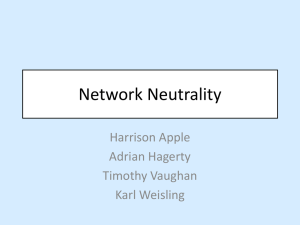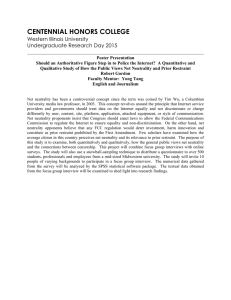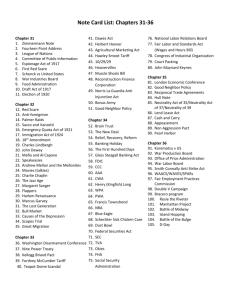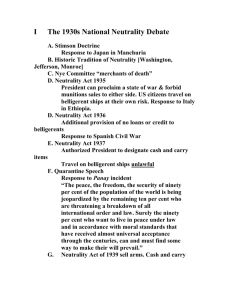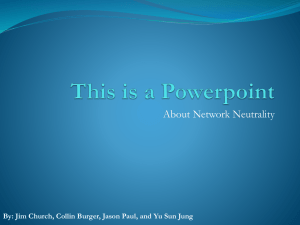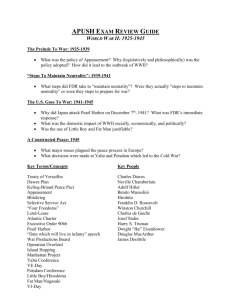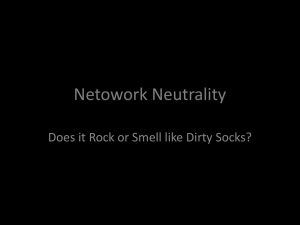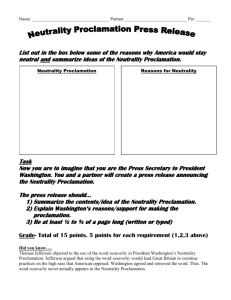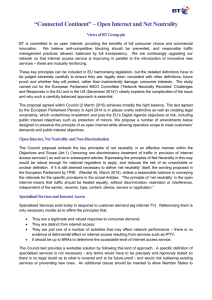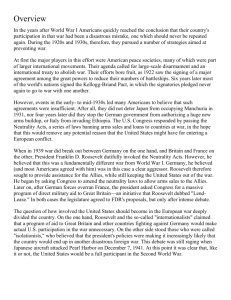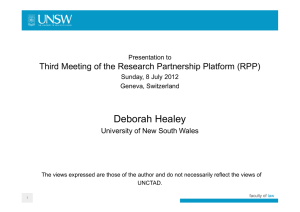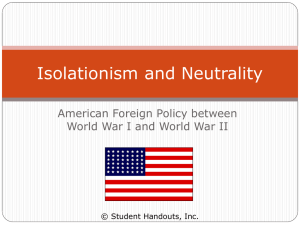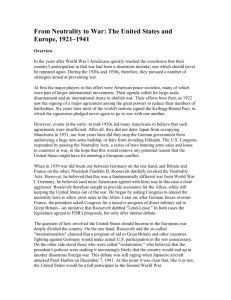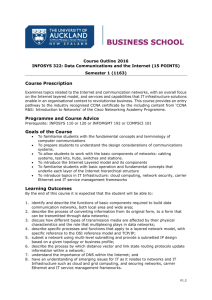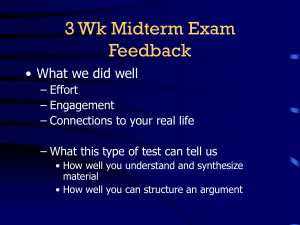Homework 01
advertisement
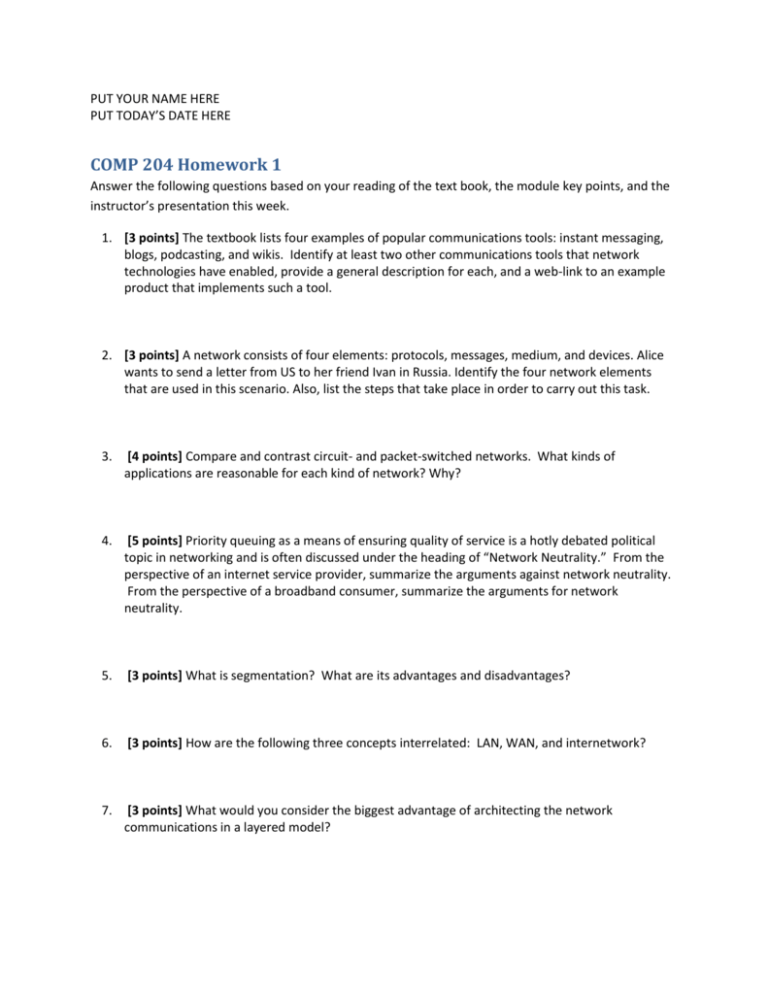
PUT YOUR NAME HERE PUT TODAY’S DATE HERE COMP 204 Homework 1 Answer the following questions based on your reading of the text book, the module key points, and the instructor’s presentation this week. 1. [3 points] The textbook lists four examples of popular communications tools: instant messaging, blogs, podcasting, and wikis. Identify at least two other communications tools that network technologies have enabled, provide a general description for each, and a web-link to an example product that implements such a tool. 2. [3 points] A network consists of four elements: protocols, messages, medium, and devices. Alice wants to send a letter from US to her friend Ivan in Russia. Identify the four network elements that are used in this scenario. Also, list the steps that take place in order to carry out this task. 3. [4 points] Compare and contrast circuit- and packet-switched networks. What kinds of applications are reasonable for each kind of network? Why? 4. [5 points] Priority queuing as a means of ensuring quality of service is a hotly debated political topic in networking and is often discussed under the heading of “Network Neutrality.” From the perspective of an internet service provider, summarize the arguments against network neutrality. From the perspective of a broadband consumer, summarize the arguments for network neutrality. 5. [3 points] What is segmentation? What are its advantages and disadvantages? 6. [3 points] How are the following three concepts interrelated: LAN, WAN, and internetwork? 7. [3 points] What would you consider the biggest advantage of architecting the network communications in a layered model? 8. [6 points] A layered model for computer network communications is typically implemented in high level applications, the operating system's network protocols, and the physical hardware of the device. Such an implementation is typically called a "network stack" because the last data encoding at the sender will correspond to the first data decoding performed at the receiver. Consider an e-mail client sending a message to an e-mail server located on the same Ethernet network. Both machines use TCP/IP to communicate over Ethernet, and the mail client and server both use the SMTP protocol to talk to the server. Describe the transformation process that the email message goes through as it moves down the stack on the client and then up the stack on the server.
